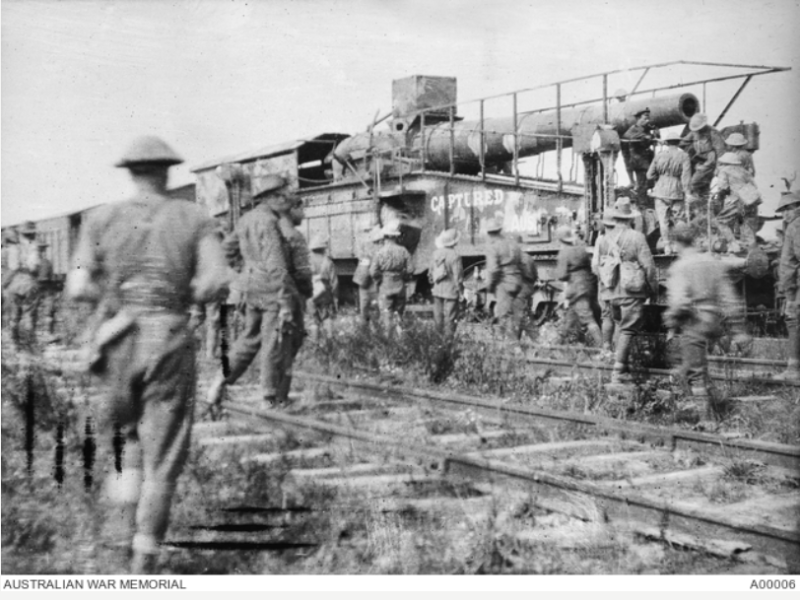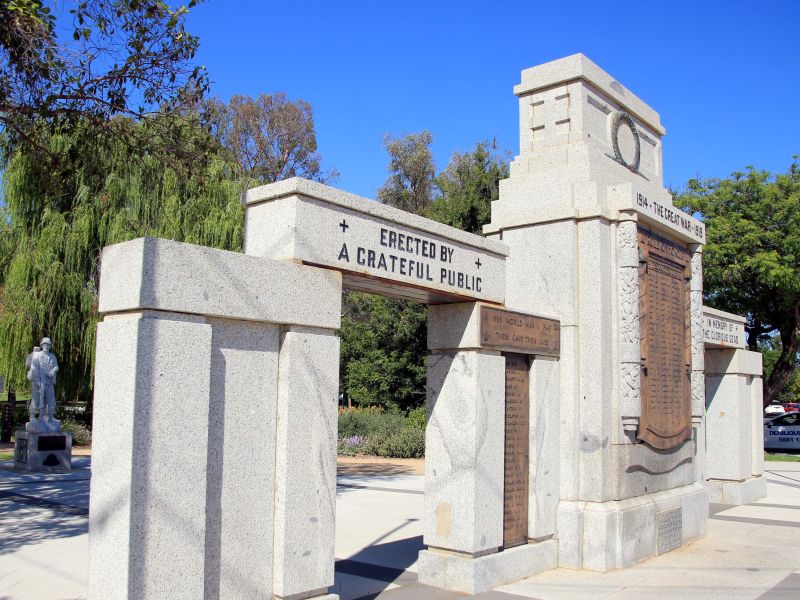Private Charles Edwin Cameron, 23rd Battalion, AIF
Charles “Charlie” Cameron was born in Deniliquin, New South Wales, to Alexander and Margaret Cameron in 1883. After attending the local public school, he became a coach driver before enlisting in the Australian Imperial Force in early October 1916.
He was posted to the 23rd Battalion, and sailed aboard the Argyllshire. On the journey he met Stanley Ellem and the two became good mates.
Cameron and Ellem arrived in Plymouth, England, in January 1917 and continued training on the Salisbury Plain before joining their battalion on the Western Front in early April. A month later they were in the front line near the French village of Noreuil, and on 4 May, Cameron was wounded in the left leg. He was sent to England, where he took several months to recover.
Cameron returned to the 23rd Battalion in France in October 1917. On 4 July 1918, it participated in an operation to capture the French village of Hamel. The operation was successful, and the battalion suffered only minimal casualties. One of those casualties, however, was Private Cameron.
He was wounded in his side and taken to hospital in Le Havre. After several weeks of treatment, he returned to his battalion at the end of July.
Within days, Cameron was in the battle of Amiens, and the 23rd continued to advance. On 17 August, Cameron and Ellem were in an old French trench, talking about the plan for their next attack, when an artillery shell fell among their group, killing three and wounding several others.
Sergeant Ellem was knocked unconscious. When he came to, he found Cameron lying beside him, seriously wounded. His arm and thigh were shattered and shell fragments had pierced his abdomen in at least two places.
He said to Ellem: “they have done for me this time, Stan. Write and tell mother how I died, and tell her I have always tried to do my bit, and not to worry for me.”
Shortly afterwards he fell unconscious. Although Ellem and others were able to bandage him up and get him on a stretcher, Charlie Cameron died before he had been carried more than a few yards.
Sergeant Ellem kept his promise, and wrote to Mrs Cameron of her son’s death, finishing by saying: “thus passed away your dear boy, and our sincere friend and comrade whom we all admired greatly, for Charlie was one of the bravest and most conscientious soldiers in this battalion… He fought cleanly and gamely at all times, and it is due to heroes such as he that we have achieved a glorious victory.”
Private Cameron was 35 years old. He was buried on the battlefield but after the war his remains were moved to Heath Cemetery at Harbonnières. His epitaph read, “In loving memory of the dear son of A and M Cameron of Deniliquin”.
Image: Men of the 23rd Battalion inspecting the 28cm German railway gun, (known as the Amiens gun) after its capture by AIF troops, 9 August 1918.

 Australian War Memorial
Australian War Memorial